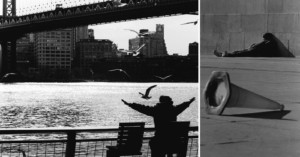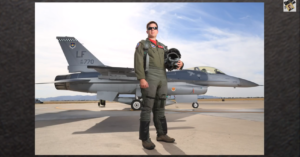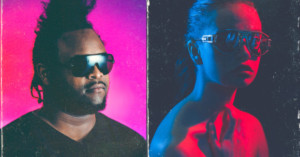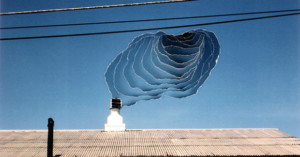
Layer Elements with Longer Lenses in Street Photography
One of the most effective ways to fill a frame with information, particularly in street photography, is to layer elements of your composition, either in two dimensions along the X and Y axis or in three with the Z axis.


